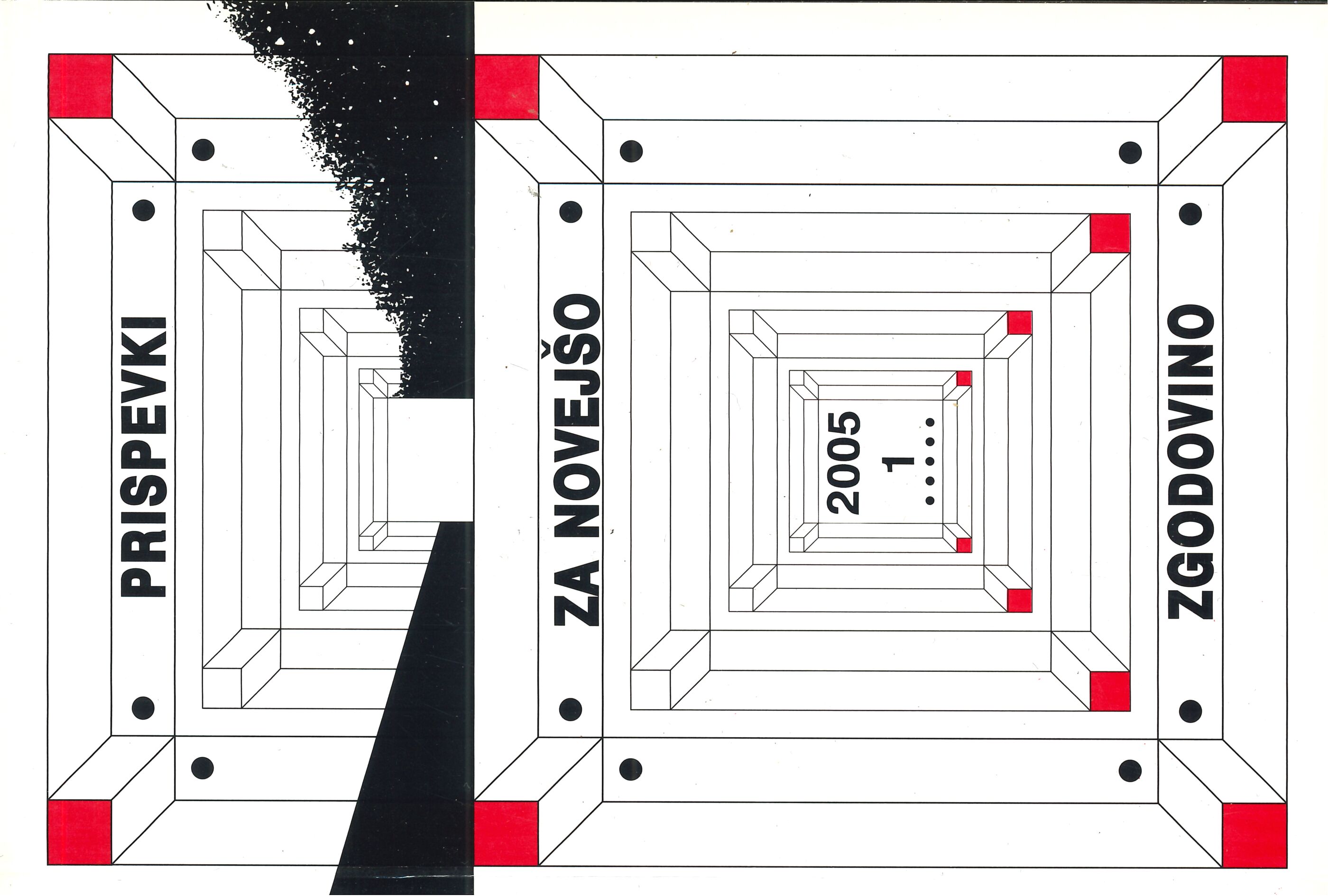Vojno nasilje v Brkinih in na Bistriškem v času druge svetovne vojne
Ključne besede:
Primorska, Brkini, 2. svetovna vojna, vojno nasilje, internacija, poboji, požigi, prisilno deloPovzetek
Nasilju v različnih oblikah in na različnih področjih življenja so bili Primorci deležni ves čas od italijanske zasedbe teh krajev ob koncu prve svetovne vojne naprej. Nasilje z ostro kaznovalno politiko je bilo sredstvo fašistične raznarodovalne politike in način zatiranja odpora protifašistov. Med vojno pa se je nasilje še stopnjevalo. Brkinsko-bistriško območje (jugovzhodni del Primorske) je bil strateško zelo pomemben (pod Kraljevino Italijo je bilo to obmejno območje, pomembna prometna povezava med Balkanom in Italijo, leta 1944 pa so še pričakovali izkrcanje zaveznikov v Istri). Zato sta tako italijanska kot nemška oblast hoteli z najostrejšimi ukrepi uničiti narodnoosvobodilno gibanje. Izvajali sta stalne kontrolne pohode po vaseh, očiščevalne akcije (ofenzive) in povračilne akcije nad civilisti s požigi tudi celotnih vasi, ropanji, poboji, tudi skupinskimi, z zapiranjem in interniranjem civilistov - sodelavcev in podpornikov osvobodilnega gibanja ter njihovih družin. Nemški okupator pa je uvedel še množično prisilno delo, tako v Avstriji in Nemčiji, kot v bližini doma pri gradnji utrdbene linije v Istri in Čičariji.
Prenosi
Objavljeno
Številka
Rubrika
Licenca
Avtorji prispevkov, objavljenih v tej reviji, soglašajo z naslednjimi pogoji glede avtorskih pravic:
- Avtorji ohranijo avtorske pravice, reviji pa odobrijo pravico do prve objave. Delo se hkrati zaščiti z licenco za prosto uporabo avtorskih del (Creative Commons Attribution License), ki drugim osebam omogoča deljenje dela ob priznanju avtorstva in prve objave v tej reviji.
- Avtorji lahko sklenejo ločene dodatne pogodbene dogovore za neizključno distribucijo različice dela, objavljene v reviji, (npr. oddaja v institucionalni repozitorij ali objava v knjigi) z navedbo, da je bilo delo prvič objavljeno v tej reviji.
- Pred postopkom pošiljanja in med njim lahko avtorji delo objavijo v spletu (npr. v institucionalnih repozitorijih ali na svoji spletnih strani), k čemer jih tudi spodbujamo, saj lahko to prispeva k plodnim izmenjavam ter hitrejšemu in obsežnejšemu navajanju objavljenega dela (glej The Effect of Open Access).


